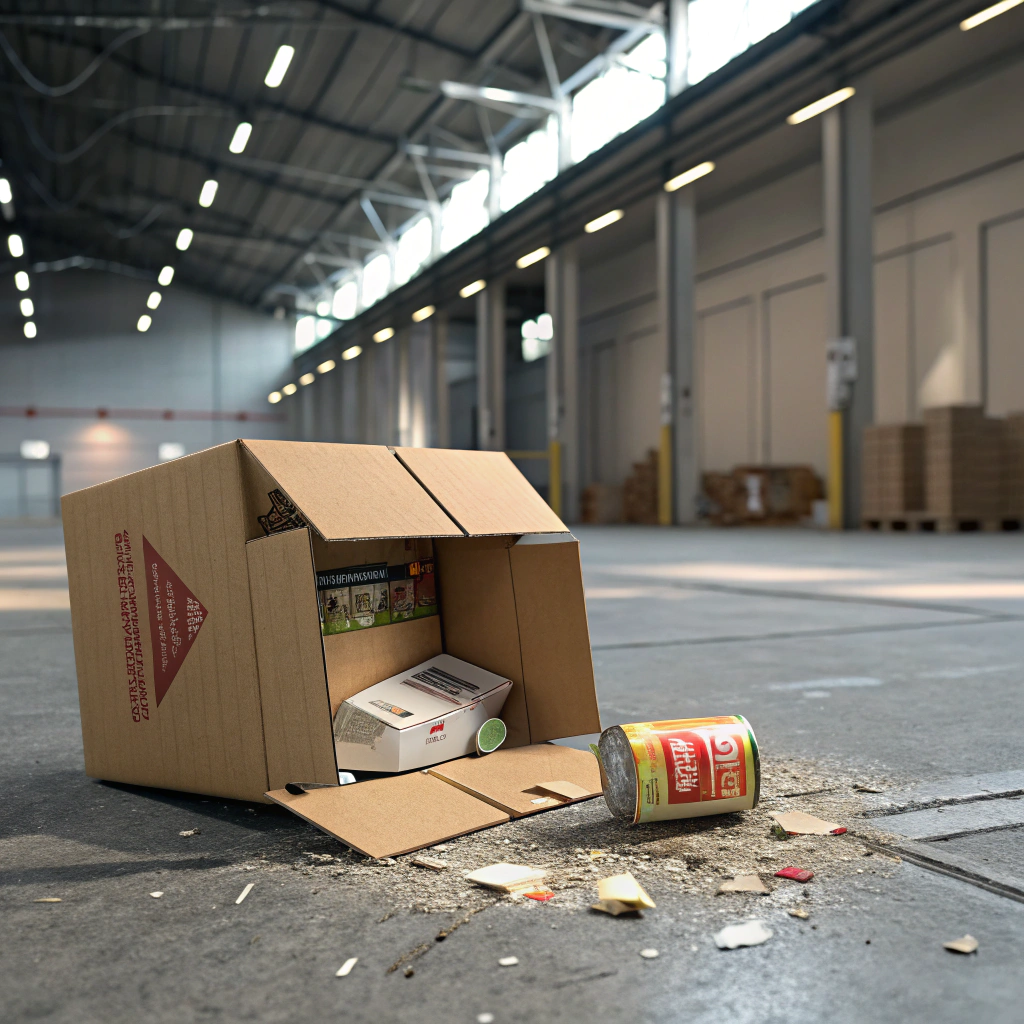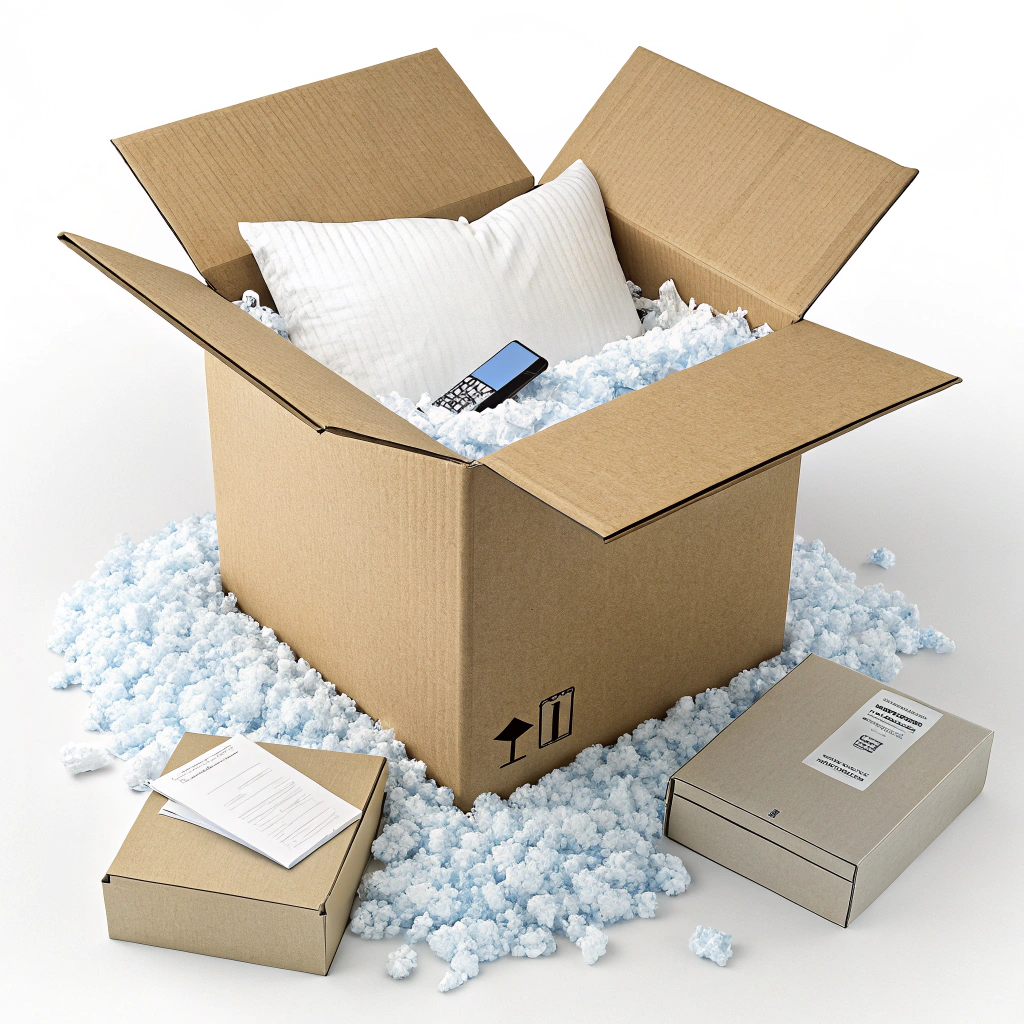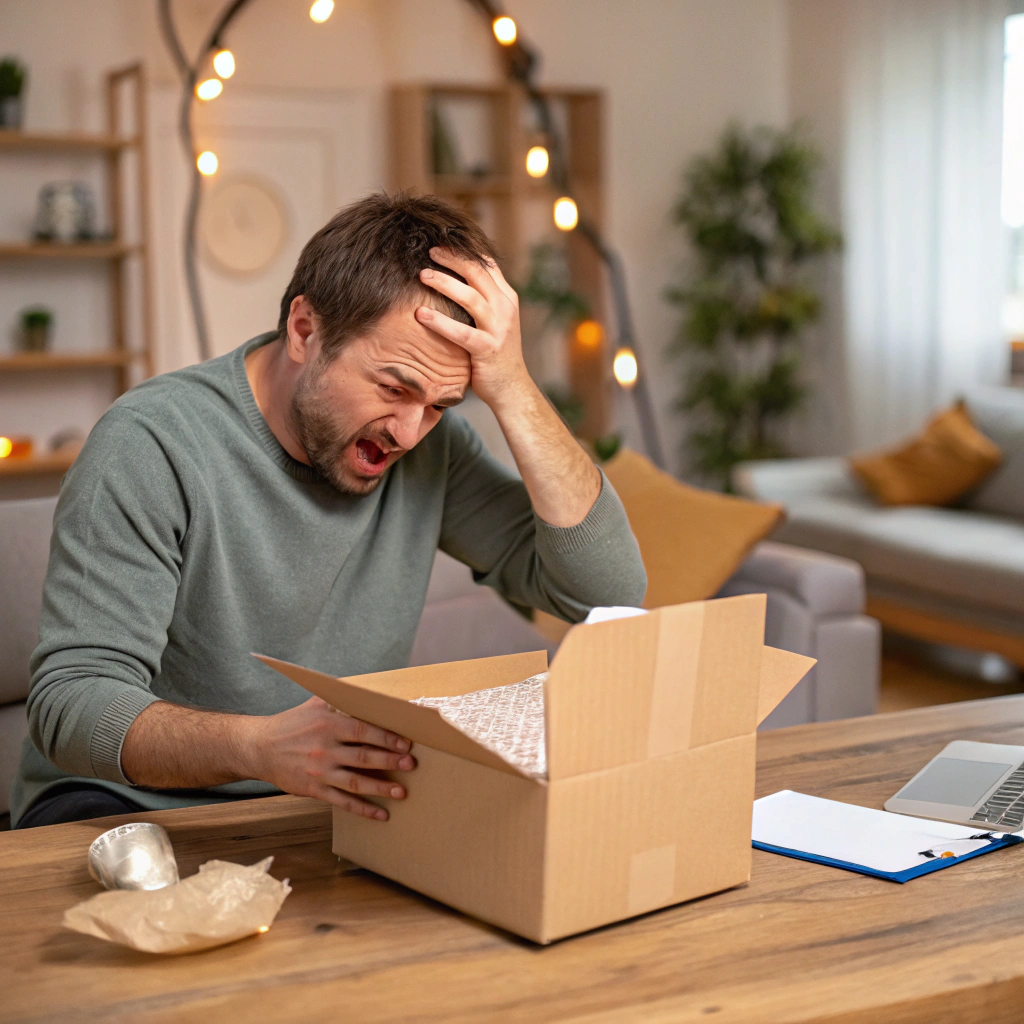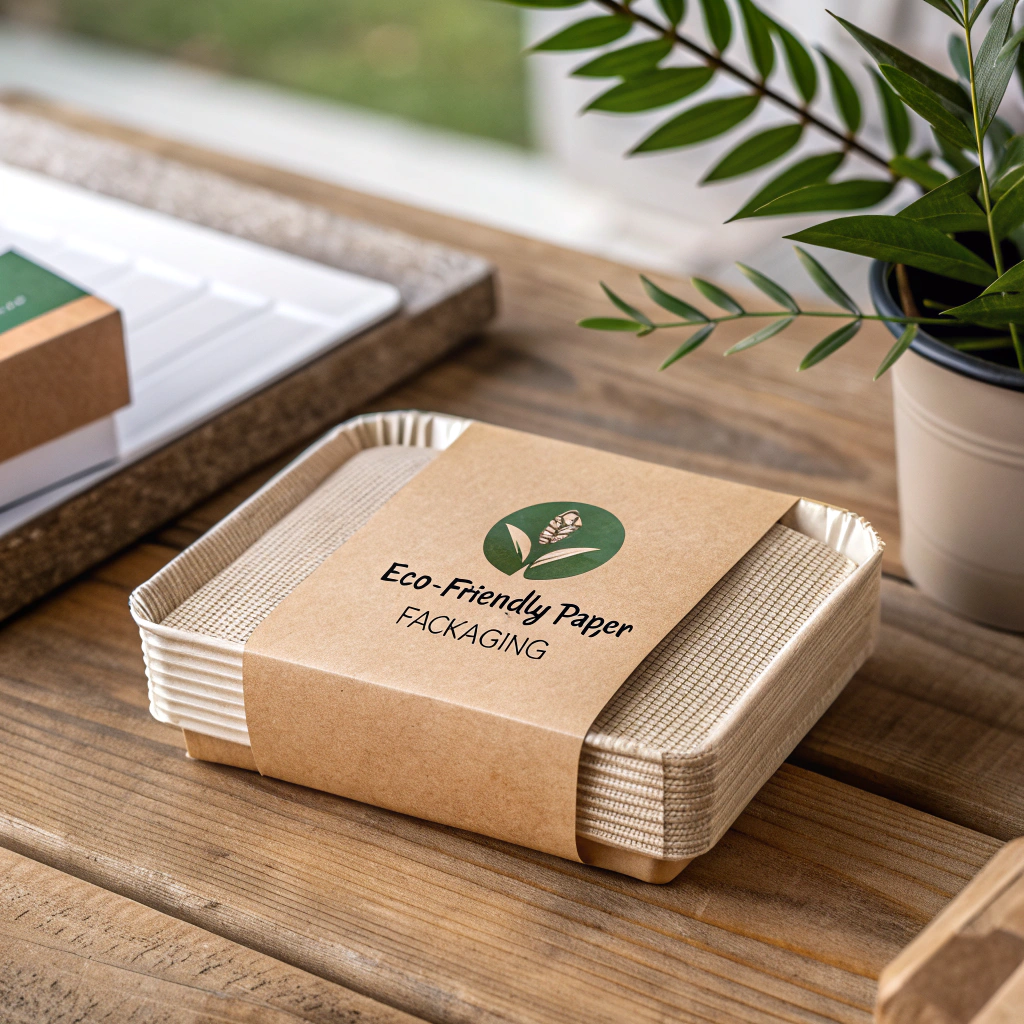What Is the Real Cost of Poor Packaging? (And How to Avoid It)
Poor packaging isn’t just about an unattractive box or flimsy material—it can lead to lost revenue, damaged products, increased returns, and disappointed customers. In a competitive market, your packaging is part of your product experience. When it’s done wrong, the impact can be far-reaching.
Let’s break down the hidden costs of poor packaging and how your business can avoid them with better strategy, materials, and design.
📦 1. Product Damage and Returns
One of the most immediate costs of inadequate packaging is product damage during transit. Weak boxes, insufficient cushioning, or improper sealing lead to breakage and unhappy customers.
Returns due to damage not only cut into profit margins but also inflate your carbon footprint through double shipping and wasted materials.

💸 2. High Shipping Costs
Poorly optimized packaging often means using boxes that are too large for the item. This leads to higher dimensional weight charges from shipping carriers, plus unnecessary filler materials.
Smarter packaging = lower logistics costs.

📉 3. Brand Damage and Customer Loss
In 2025, unboxing is part of the customer experience. A flimsy or confusing package can lead to negative reviews, poor social impressions, and damaged brand credibility.
Today’s consumers expect eco-conscious, functional, and well-branded packaging. Falling short may cost you future loyalty.

🗑️ 4. Environmental Waste and Noncompliance
Low-quality materials often end up in landfills. Businesses using non-recyclable or excessive packaging may also face regulatory penalties or lose out on sustainability-focused customers.
Certifications and sustainable packaging practices not only reduce waste—they protect your brand’s long-term value.
🚫 How to Avoid the Cost of Poor Packaging
Here are steps your business can take to reduce the risks and long-term costs of poor packaging:
- Right-size your packaging to reduce waste and fees
- Use quality-tested materials for safety and durability
- Invest in protective inserts like custom die-cut supports
- Ensure recyclable and certified materials are used wherever possible
- Brand your packaging to create memorable unboxing experiences

✅ Final Thoughts
The hidden cost of poor packaging goes far beyond just materials—it affects your logistics, revenue, sustainability, and reputation. In 2025, customers expect thoughtful, functional, and eco-friendly packaging as part of the total product experience.
At Imperial Paper, we help brands avoid the risks by designing smart, durable, and sustainable packaging solutions tailored to their market and products.
📞 Contact our team or explore our custom packaging options to protect your bottom line and your brand.
